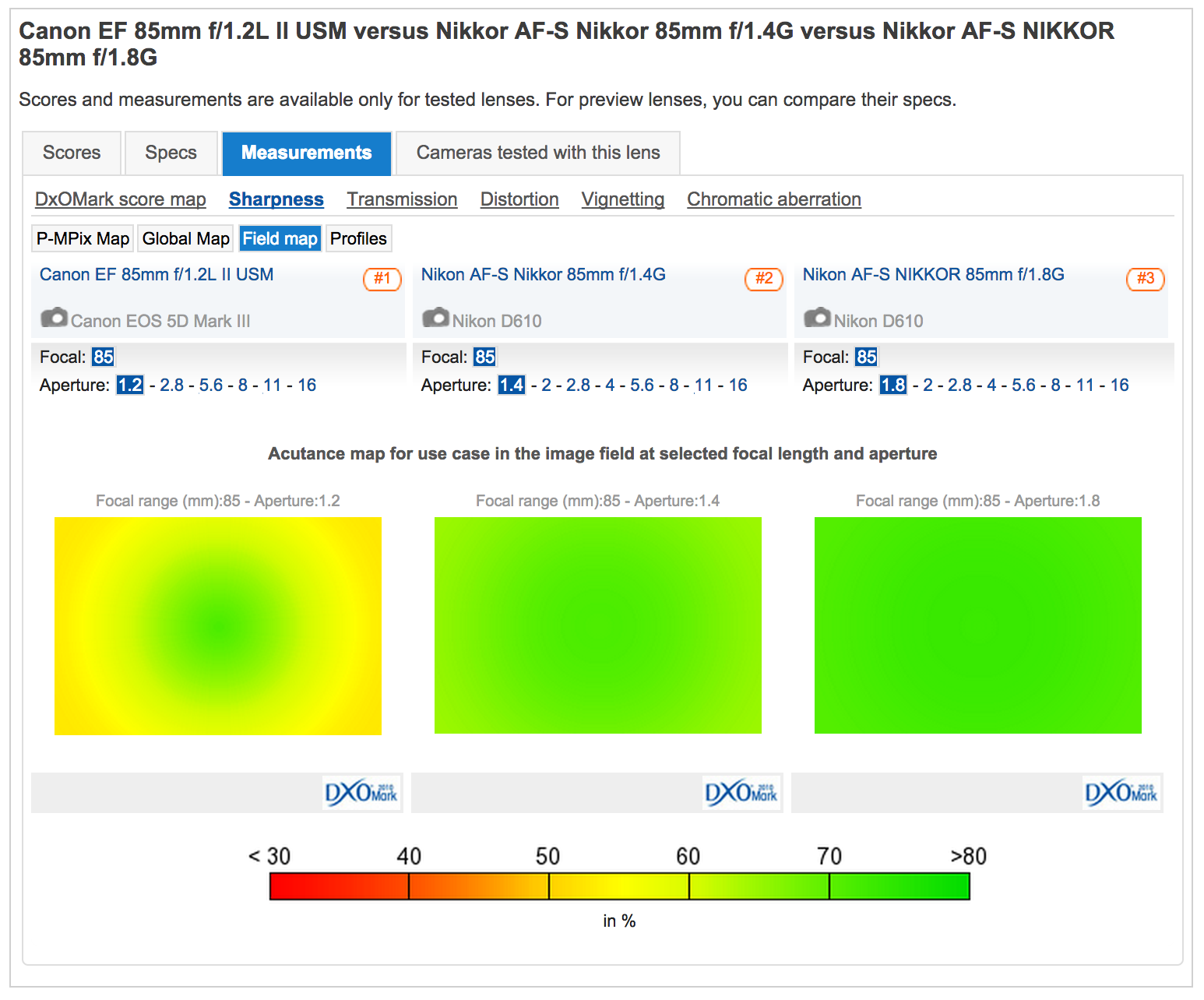Ok. Here's my contribution. Quite a bit is the same as what others have suggested, but there's a couple of extra ideas in there:
[list type=decimal][*]Built in Wi-fi.
[*]UHS-II SD Card Slot alongside the CF card slot or ditch the SD slot and have two CF card slots.
[*]Even bigger buffer space.
[*]Option to allow asynchronous dual card writing, so it writes to whichever card you specify and then automatically copies to the other card when the camera is less busy.
[*]Built in wireless radio flash control.
[*]Option to automatically switch flash to High Speed Sync mode when shutter speed is greater than the flash sync speed.
[*]Dual pixel sensor.
[*]4K Video Recording.
[*]IR remote control sensor on the back of the camera as well as the front.
[*]Reduction or elimination of rolling shutter effects (in particular skew) during video recording.
[*]Higher resolution sensor perhaps in the 24-36MP range providing it does not compromise low light/high ISO performance.
[*]Improved dynamic range.
[*]USB3 connectivity including in-camera battery charging.
[*]Eye tracking autofocus.
[*]Allow setting of custom white balance in live view mode without having to take a picture and go fiddle about in the menus. Furthermore display the Kelvin value of the custom white balance. And an option to sample the white balance based on the current EV metering mode, for example, if you're using spot metering, you can base your WB on a sample taken from the spot instead of the whole screen. Have three or more custom white balance slots.
[*]Allow more compositional overlays in live view mode, e.g. thirds, golden rectangle, golden diagonals, golden spiral etc.
[*]Hyperfocal focusing mode and/or reintroduction of depth of field mode. Saves having to muck about with phone apps or cheat sheet charts when you already have a reasonably powerful computer in the camera itself.
[*]Come to that, how about camera apps? You get apps on your phones and tablets. Why not give the camera scope to host custom third party apps?[/list]
[list type=decimal][*]Built in Wi-fi.
[*]UHS-II SD Card Slot alongside the CF card slot or ditch the SD slot and have two CF card slots.
[*]Even bigger buffer space.
[*]Option to allow asynchronous dual card writing, so it writes to whichever card you specify and then automatically copies to the other card when the camera is less busy.
[*]Built in wireless radio flash control.
[*]Option to automatically switch flash to High Speed Sync mode when shutter speed is greater than the flash sync speed.
[*]Dual pixel sensor.
[*]4K Video Recording.
[*]IR remote control sensor on the back of the camera as well as the front.
[*]Reduction or elimination of rolling shutter effects (in particular skew) during video recording.
[*]Higher resolution sensor perhaps in the 24-36MP range providing it does not compromise low light/high ISO performance.
[*]Improved dynamic range.
[*]USB3 connectivity including in-camera battery charging.
[*]Eye tracking autofocus.
[*]Allow setting of custom white balance in live view mode without having to take a picture and go fiddle about in the menus. Furthermore display the Kelvin value of the custom white balance. And an option to sample the white balance based on the current EV metering mode, for example, if you're using spot metering, you can base your WB on a sample taken from the spot instead of the whole screen. Have three or more custom white balance slots.
[*]Allow more compositional overlays in live view mode, e.g. thirds, golden rectangle, golden diagonals, golden spiral etc.
[*]Hyperfocal focusing mode and/or reintroduction of depth of field mode. Saves having to muck about with phone apps or cheat sheet charts when you already have a reasonably powerful computer in the camera itself.
[*]Come to that, how about camera apps? You get apps on your phones and tablets. Why not give the camera scope to host custom third party apps?[/list]
Upvote
0




